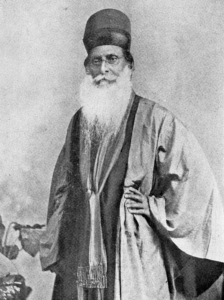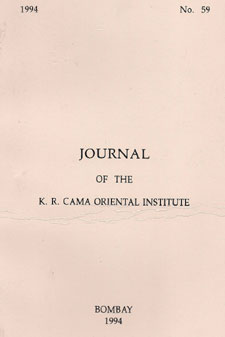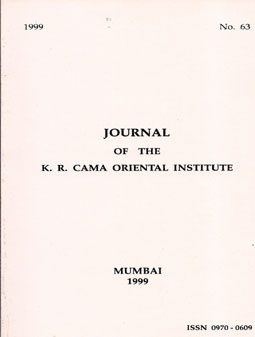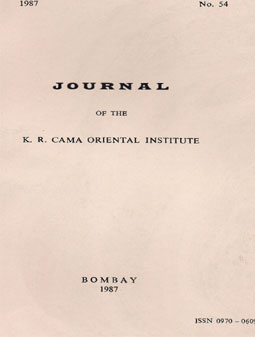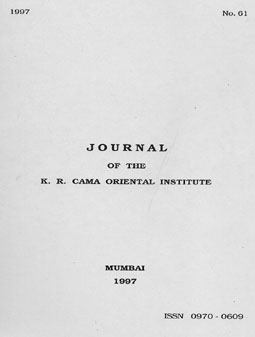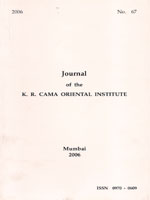Description
Journal No.59 (113 pages; 1994)
Three eminent scholars have contributed thoughtful and interesting papers to this issue of the K R Cama Oriental Institute Journal.
Professor Kaikhosrov D Irani, Professor Emeritus of Philosophy, City University of New York, delivered three Government Fellowship Lectures at the Institute in 1992 under the title, “The Moral Vision in Ancient Religious Thought,” the transcripts of which are reproduced in this issue.
The author considers the evolution of conscience among the Indo-European people; the definition of morality and values among tribal societies and Zarathustra’s development in his Gathas of a complete system of ethics – comparable with the moral vision of the Upanishads, the Bhagvad Gita and the Dharamapada – all of which give directions for a way of life resulting in a traditional method of managing and perhaps justifying one’s existence.
Jer D Randeria of Durban, South Africa, is a triple graduate in Science. Besides several important papers detailing her research in cancer, she is also the author of a well received book, “The Parsi Mind – A Zoroastrian Asset to Culture.”
Ms Randeria delivered the Government Fellowship Lectures at the Institute in 1993, under the title“Some Unique Concepts in Zoroastrianism.” The transcripts of these lectures are reproduced here. The author eloquently deals with the working of the “principles of the contraries” or the twin Spirits of good and evil which has over the years caused an endless series of debates without a convincing answer emerging. She also discusses the Haoma ceremony and probes into the ancient world where the Haoma plant was said to rejuvenate and bring eternal life and perfection to the world.
Her lectures also discussed the beliefs behind the baresman, barsom and baj ceremonies – unique practices during the heyday of Persian kings who themselves strictly observed these traditions.
The last two articles in this issue are the works of an Iranian student, Shahab Setudeh-Nejad. Japanese studies are his area of specialisation and he has been associated with the University of Kyoto in Japan. In his papers the author aims to show how Japanese cultural activities were inspired by Persia and the extent to which modern Japan derives inspiration, though unconsciously, from west Asian ethnicity. He also suggests that in recent years, Japanese scholars have promoted arguments suggesting the existence of numerous relationships between Zoroastrian, Persian and Japanese culture and its origins including trade, myths, folk-tales, diplomacy and cultural affinities.
This publication is priced at US$18.00 inclusive of handling, packing and international air-mail postage.

